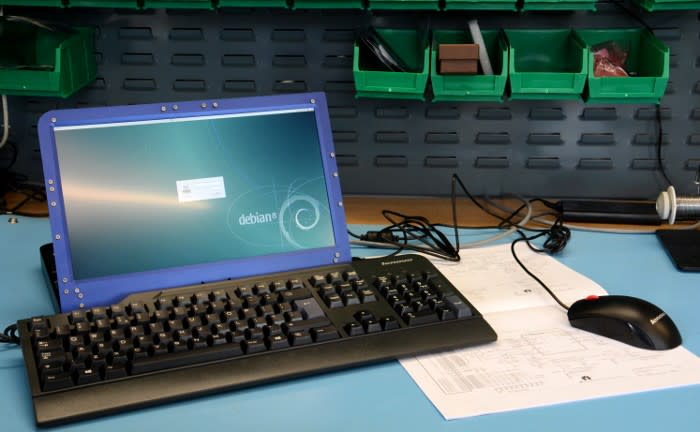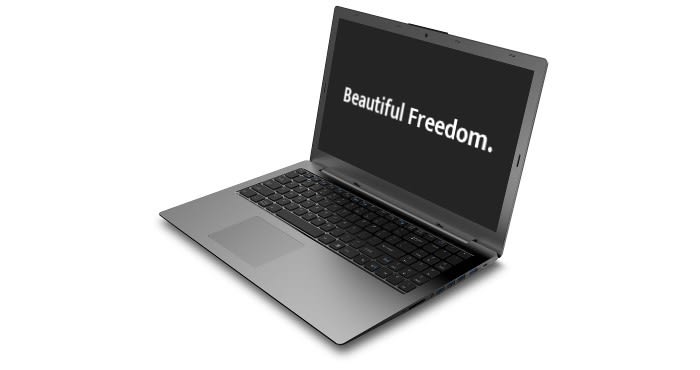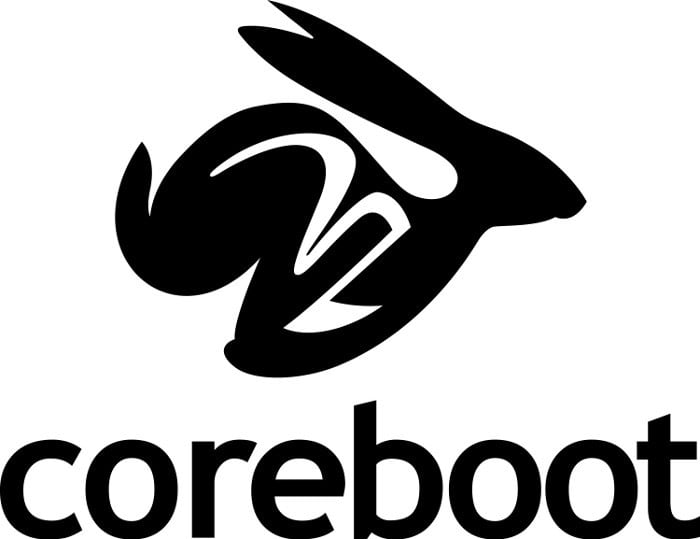The Time of the Open Laptop has Arrived
Follow articleHow do you feel about this article? Help us to provide better content for you.
Thank you! Your feedback has been received.
There was a problem submitting your feedback, please try again later.
What do you think of this article?
A look at the growing desire, need and practicality of radically open computing devices.
The idea of an open laptop has long been the dream of many a hardware hacker, open source advocate and serious technology enthusiast. The ability to study the operation of high-performance and high utility hardware at a deeply technical level, modify its behaviour if so desired and perhaps even build it from scratch given the resources, holding a certain magical appeal.
With the frequent news of security breaches, ingenious methods of compromising computer systems and a steady trickle of mass surveillance revelations, security and privacy are hot topics. As such increasing attention is being paid to the computing devices which we are rarely parted from and run applications we share ever more of our lives with. Can you be certain that microphone or camera is off, and is the wireless really connected to that network and not to any others?
In an ever more connected world and an age where information security is a growing concern — be that for commercial or personal safety reasons, or just out of a healthy desire for privacy — this has brought real and immediate purpose to open computing platforms. Curiosity, learning and the DIY ethic are certainly laudable enough, but being certain of what your hardware and software is doing and not doing, could be linked to success and failure, basic human rights and even life and death.
Before we take a look at some of the available options, first let's consider what we mean by open.
Degrees of open
What constitutes open is debated often and it's quite possible that people will be arguing over the definition of it until the end of time. However, roughly speaking we can break this down into three categories that are now well understood by many:
-
Open specifications. Documentation is available that enables you to electrically interface devices and read and write registers etc. Without the need for an NDA.
-
Open source hardware. The design database for a PCB or the RTL for an FPGA design (“sources”) is published under a liberal licence, along with BOMs and Gerbers etc.
-
Open source software. The source code to the software is provided under a liberal licence.
Note that open source hardware and open hardware are frequently used interchangeably and are accepted to mean the very same thing, with the latter simply being short form for the former.
And just to be clear:
-
If only the schematics are provided and not the PCB design database, it's not open (source) hardware.
-
If the licence used does not meet the Open Source Definition, e.g. in its precluding commercial use, it's not open source software/hardware.
There are those who would claim otherwise, but they simply need to find an alternative label to use for models which are a marked divergence from defining open source principals.
With this out of the way, let's take a look at some of the practical options.
Ben NanoNote
Image source: Qi Hardware.
The NanoNote is a pocket computer from Qi Hardware, a project which is attempting to extend “copyleft” — granting rights in perpetuity, as the GPL licence does with software — to hardware.
With its 336MHz MIPS processor, 32GB RAM, 2GB flash and 320x240 screen, the NanoNote is of modest specifications. But then it is an ultra small form factor device that is intended for use as a video and music player, offline reader and general hacker gadget.
The hardware design “sources” are made available, along with the Gerber and drill files for manufacturing. There is no BIOS per se as the open source bootloader, U-Boot, is used to bootstrap the Linux-based OpenWRT operating system.
Introduced in 2010 at the low price of $99, the NanoNote appears to have sold somewhere in excess of 1,300 units, with availability 5 years down the line from at least one supplier based in India.
There are certainly open hardware embedded and application-specific platforms which pre-date the NanoNote, but it appears as though it may be the first open hardware general purpose computing device. Which is to say not a development board, or a smartphone or similar, and something that most would recognise as a computer.
Novena
Detail of Novena mainboard with SDR module fitted.
The Novena open hardware computing platform can be used as a embedded system, headless or with a HDMI monitor attached, and it can also be configured as an all-in-one desktop or a laptop.
Having completed a successful crowdfunding campaign in early 2014, raising $782,505 of a $250,000 goal, Novena boards and systems shipped out to hundreds of backers in early 2015. Post-campaign pre-orders have also been fulfilled and the mainboard has gone into general availability.
The Novena is something of a step up from the NanoNote, with the mainboard packing a 1.2GHz quad-core ARM processor, 4GB RAM, SATA-II, both 100M and 1G Ethernet ports, along with a host of other features. It also notably benefits from a capable FPGA which is located between the ARM SoC and a high-speed expansion connector, which can be used for software-defined radio (SDR) and cryptographic add-ons, GPIO breakout and interfacing custom modules.
All-in-one desktop and laptop configurations also benefit from a great 13.3” TFT active matrix LCD, hacker-friendly enclosure and power management/battery charging modules etc.
As with the NanoNote, the hardware design sources, Gerbers and bill of materials etc. have been made available. Debian Linux is the officially supported operating system and once again a bootloader is provided by U-Boot. Where possible components were carefully selected to avoid the need for NDAs, and a crowdfunding campaign stretch goal was to reverse-engineer a GPU driver.
Undeniably cool as the Novena is and particularly in laptop configurations, it is very much a hacker platform and is not designed with the average user in mind.
Librem
Image source: Purism.
The Librem on the other hand is designed for the more typical user, with 13” and 15” models that have an industrial design that has perhaps taken a few cues from Apple. These feature dual-core Intel i5 and i7 processors running at 2.2GHz and 3.0GHz respectively, plus 16/32GB RAM, decent graphics and all the other good stuff you'd expect to find on a modern premium laptop.
Whereas the NanoNote and Novena are open source hardware designs, the Librem is not. But then the target market is not hardware hackers and the focus is squarely on the wider privacy and security conscious, selecting components that don't need “binary blobs” in order to operate, coupled with a privacy-centric Linux-based O/S and working towards a completely open source BIOS. A neat complementary hardware feature being kill switches that electrically disable the camera/microphone and WiFi/Bluetooth — so when they're off, you can be sure that they are off.
Coreboot and Libreboot
Should you be unable to afford a brand new laptop and be lucky enough to have a compatible model, the Coreboot and Libreboot projects may be of interest to the privacy and security minded. Both of which — the latter is a fork of the former — develop alternate open source BIOS/UEFI firmware for certain laptops and a number of Thinkpad models in particular.
When combined with an appropriate Linux distribution that is free of binary-only applications and drivers, this should provide a solution similar to the Librem.
Conclusion and the future
Credit must go to the NanoNote for being what would appear to the first open source hardware general purpose computing device. To Coreboot also for working hard at creating a replacement open source BIOS for commodity laptops — an effort which started out over 16 years ago!
The Novena is a hacker's dream and the perfect platform for developing new security-focused hardware and applications. Such as open cryptographic devices and SDR stacks that bring new levels of transparency to critical security and communications infrastructure. While the Librem laptop may not be open source hardware, this provides an eminently more practical solution for the average user and those who need a bit more horsepower. However, the Librem BIOS will present a chink in its armour until it is fully freed from proprietary code.
As more get increasingly tech savvy, the open source and maker movements continue to gather pace, and security and privacy become greater and more widespread concerns, truly open general purpose computing platforms can only be set to become increasingly desirable and vital.
Top image: Novena all-in-one desktop and schematics.






